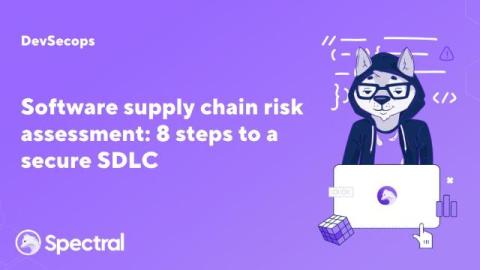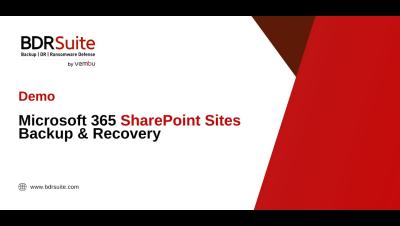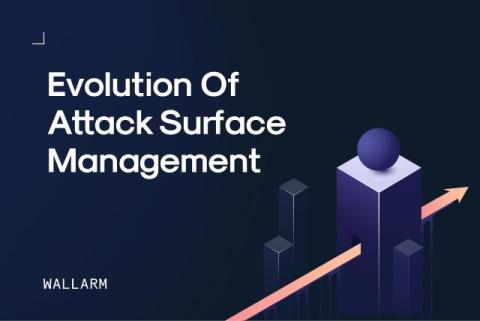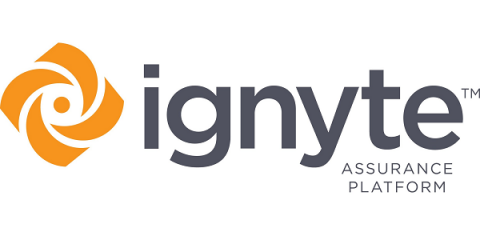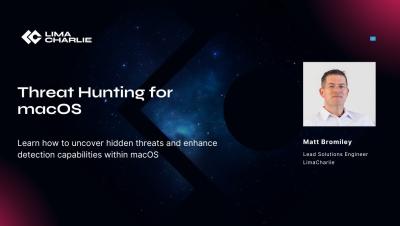Software supply chain risk assessment: 8 steps to a secure SDLC
Like any chain, a software supply chain contains many links. These links consist of every actor involved in the development & deployment of your code in the Software Development Life Cycle (SDLC). An actor can be the developers, infrastructure components, and even repositories like GitHub. A company might have a very secure supply chain. However, it will only be as strong as its weakest link.


